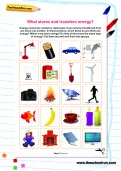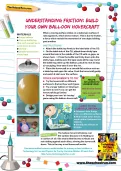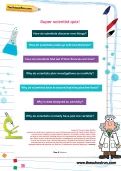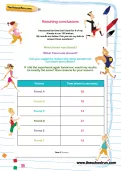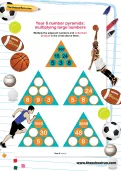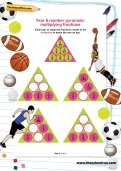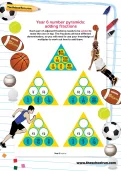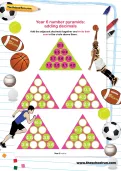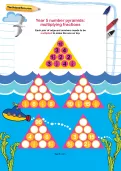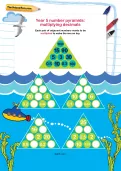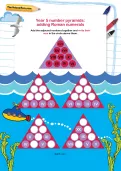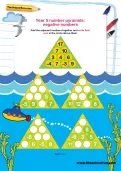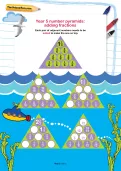Little Women is an American novel written by Louisa May Alcott in 1868. It is about the lives of four sisters (the Marches) growing up during the American Civil War. In this passage one of the March sisters, Jo, is visiting her neighbour, Laurie. Read the passage and then answer the questions below.
or
Register to add to your saved resources
Already a subscriber? to view this content.
Little Women is a classic novel about the lives of four sisters growing up during the American Civil War. In this passage Meg, the eldest, has made friends with Annie from the rich Moffat family. Read this passage and then answer the questions below.
or
Register to add to your saved resources
Already a subscriber? to view this content.
In this passage from Little Women, an American novel written in 1868, the four March sisters (Jo, Meg, Beth and Amy) wake up on Christmas morning. Their father is away fighting in the American Civil War and their Christmas is very different to all previous ones. Read the passage then answer the questions below.
or
Register to add to your saved resources
In this passage from Little Women by Louisa May Alcott the March sisters’ friend and neighbour, Laurie, sees the girls going off to sit in the sun and follows them. Read the passage then answer the questions below.
or
Register to add to your saved resources
Already a subscriber? to view this content.
Little Women is an American novel about the lives of four sisters growing up during the American Civil War in the 1860s. In this passage the youngest sister, Amy, is working as a carer to her aunt (a job previously done by her older sister, Jo). Read this passage and then answer the questions below.
or
Register to add to your saved resources
Already a subscriber? to view this content.
Each pair of adjacent Roman numerals need to be multiplied to make the one on top.
or
Register to add to your saved resources
Already a subscriber? to view this content.
Multiply the adjacent numbers and write their product in the circle above them.
or
Register to add to your saved resources
Already a subscriber? to view this content.
Each pair of adjacent fractions needs to be multiplied to make the one on top.
or
Register to add to your saved resources
Already a subscriber? to view this content.
Multiply the adjacent numbers and write their product in the circle above them.
or
Register to add to your saved resources
Already a subscriber? to view this content.
Each pair of adjacent fractions needs to be added to make the one on top. The fractions all have different denominators, so you will need to use your knowledge of multiples to work out how to add them.
or
Register to add to your saved resources
Already a subscriber? to view this content.
Add the adjacent decimals together and write their sum in the circle above them.
or
Register to add to your saved resources
Each pair of adjacent numbers needs to be multiplied to make the one on top.
or
Register to add to your saved resources
Already a subscriber? to view this content.
Each pair of adjacent numbers needs to be multiplied to make the one on top.
or
Register to add to your saved resources
Already a subscriber? to view this content.
Add the adjacent numbers together and write their sum in the circle above them.
or
Register to add to your saved resources
Already a subscriber? to view this content.
Add the adjacent numbers together and write their sum in the circle above them.
or
Register to add to your saved resources
Already a subscriber? to view this content.
Add the adjacent numbers together and write their sum in the circle above them.
or
Register to add to your saved resources
Each pair of adjacent numbers needs to be added to make the one on top.
or
Register to add to your saved resources
Already a subscriber? to view this content.
Multiply the adjacent numbers and write their product in the circle above them.
or
Register to add to your saved resources
Already a subscriber? to view this content.
Multiply the adjacent numbers and write their product in the circle above them.
or
Register to add to your saved resources
Already a subscriber? to view this content.
Multiply the adjacent numbers and write their product in the circle above them.
or
Register to add to your saved resources
Already a subscriber? to view this content.
